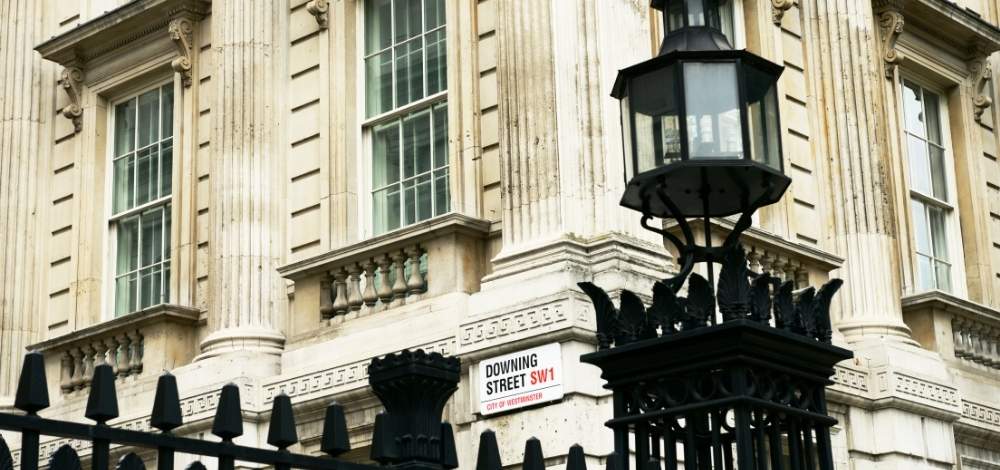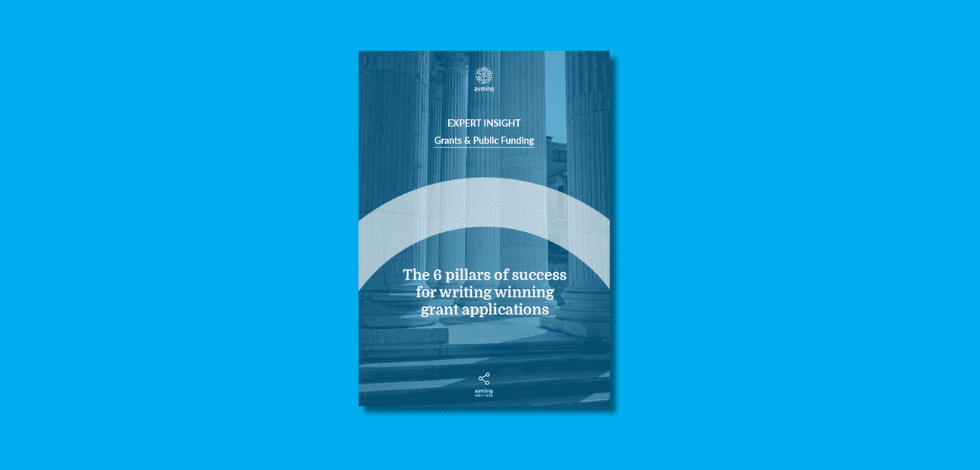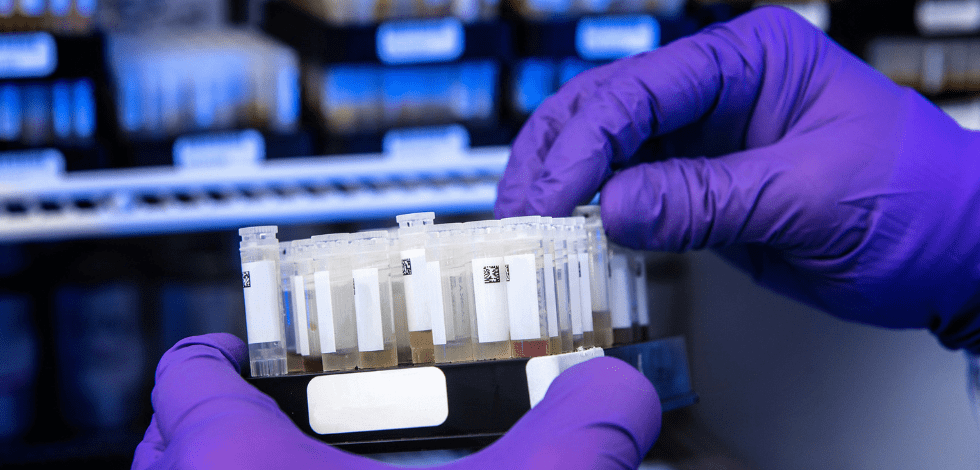This morning, Chancellor of the Exchequer, Jeremy Hunt, announced his Autumn Statement 2022. It comes at a time of significant challenge to the UK economy, the illegal war in Ukraine, the cost of living crisis, and a fluctuating domestic political landscape.
Below is Ayming’s view on key points within the Statement and what they mean for the R&D tax landscape.
Increase in public R&D funding
- Government pledges to increase public R&D funding to £20 billion in 2024-25
Whilst we welcome the commitment to increase public funding for R&D to £20bn by 2024/5, giving with one hand while taking with the other will not boost innovation.
Changes to the SME scheme
- The small and medium-sized enterprises (SME) additional deduction will decrease from 130% to 86%
- The SME credit rate will decrease from 14.5% to 10%
The Chancellor’s decision to slash R&D tax relief for SMEs undermines the essential innovation made via the scheme. The increase in the Corporate Tax rate partially mitigates the reduction; however, the scheme’s benefit is still reduced to only 21.5%, losing nearly a fifth of its current value. It’s even worse for loss-making SMEs; reducing the payable credit rate to only 10% means that those companies will only receive an 18.6% benefit, barely half what they currently receive. This announcement came soon after comments on how important innovation will be as a driver of long-term economic growth and cementing Britain’s status as a ‘Science Superpower’. The reduction acts in stark contrast and contradiction to his comments made moments before.
With the ONS R&D statistics update, we still don’t know enough about the impact the SME scheme has had on business investment in R&D, so now is not the time to change course so abruptly.
We must tackle the vulnerabilities within the existing SME scheme that leave it open to exploitation and misuse. Still, the large number of SMEs using the scheme properly should not suffer for the actions of the few abusing it. Rather than directly tackling the problem of fraudulent claims, it seems the Government is attempting to make it a less tempting target for abuse.
Changes to RDEC rate
- For expenditure on or after 1 April 2023, the Research and Development Expenditure Credit (RDEC) rate will increase from 13% to 20%
The change to the RDEC rate is good news for large companies, and even with the hike in Corporate Tax, it is a real terms increase of nearly a half, to 15%.
The Government describes this as a move to ‘rebalance generosity of reliefs’, ostensibly to tackle error and fraud in the schemes.
There has been plenty written in the news recently about the levels of error and fraud at the SME level, and there is no denying it is a problem that HMRC must address. However, no measures outlined in the Autumn Statement this morning address the issue head-on. In fact, the effect of the measures introduced will simply reduce the benefit for genuine claimants. It seems at odds with the stated aim of avoiding tax rises that damage growth and asking more from those who have more.
Changes to Patent Box
Some other good news, particularly for large companies: Patent Box is not being changed, and in particular, the rates are not changing. As a result, eligible profits will continue to be taxed at 10%, which looks increasingly generous given that the alternative from April 2023 will be to pay 25% tax on these profits; as a result, the generosity is effectively increasing to 15%.
Timing
All proposed changes are to take effect for expenditure incurred on or after 1 April 2023. This gives companies relatively little time to anticipate and plan for the coming changes!
If you have questions or comments on the Autumn Statement, either a query about the specificities or worries that it will affect your existing claim, please get in touch, and one of my team or I will be happy to discuss in more detail.


















